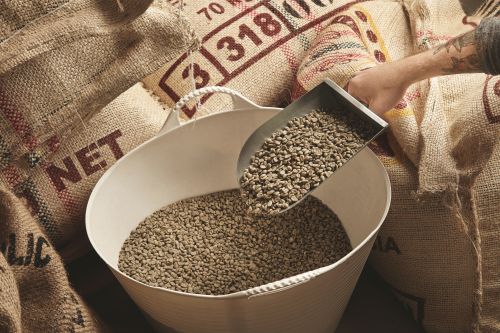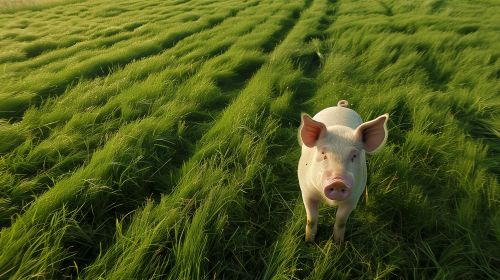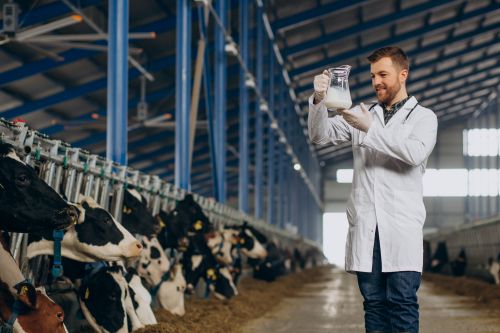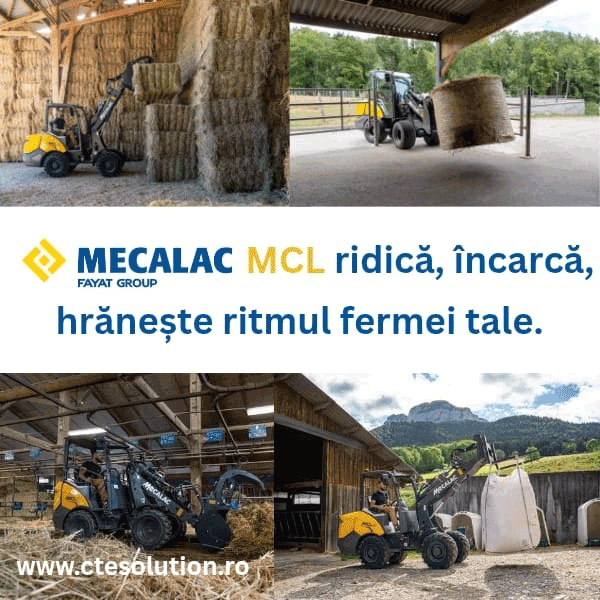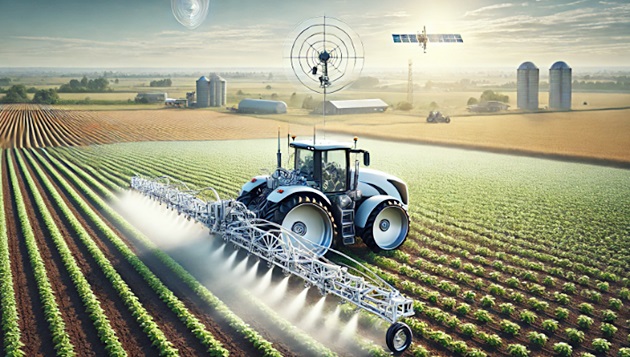
Autonomous Tractors: Innovation, Challenges, and Global Developments in Smart Farming
Autonomous tractors represent a major innovation in the agricultural sector, with the potential to revolutionize the way farmers manage crops and resources. However, the successful implementation of these technologies heavily depends on the compatibility of existing tractors with autonomous systems and on farmers’ ability to adapt to new agricultural practices.
Evaluating Tractor Compatibility for Autonomy
Not all tractors are suitable for conversion into autonomous vehicles.
According to an article published by Future Farming, assessing a tractor’s compatibility involves analyzing three key components: transmission, braking system, and steering system. These determine whether a tractor can be adapted to function autonomously.
For instance, the transmission must allow precise control of speed and direction, while the braking and steering systems must be compatible with automated control systems.
Autonomous Tractors vs. Agricultural Robots
A growing debate in smart agriculture is whether to choose autonomous tractors or task-specific agricultural robots.
An article from Future Farming explores this topic, analyzing the relevance and efficiency of each option for different farming tasks.
- Autonomous tractors are highly versatile, capable of performing a wide range of tasks—from plowing to seeding.
- Agricultural robots, on the other hand, are often designed for specific tasks like weeding or crop monitoring, and offer greater precision in those areas.
Challenges in Implementing Autonomous Tractors
Introducing autonomous tractors is not without its challenges.
Craig Rupp, CEO of Sabanto and a pioneer in autonomous agriculture, highlights the practical realities of this technology in an article published by Future Farming.
Rupp discusses logistics, costs, and the need to adapt existing infrastructure to integrate autonomous tractors into daily farming operations. Despite the rapid pace of technological advancement, significant obstacles remain, including:
- Regulatory hurdles
- Safety considerations
- Broad user acceptance
Global Projects in Autonomous Tractor Development
Worldwide, numerous autonomous tractor projects are currently under development.
A Future Farming article showcases 21 such projects, emphasizing the diversity of technologies and approaches in use—from fully autonomous tractors equipped with GPS, cameras, and LiDAR sensors, to semi-autonomous systems that assist the operator.
However, challenges related to cost, legislation, and user adoption still stand in the way of widespread implementation.
Case Study: Operator-Free Tractors in Practice
A case study published by Future Farming analyzes the experience of a pioneering farmer using operator-free tractors.
The goal was to assess the suitability of driverless tractors for different agricultural tasks and to evaluate their impact on workload, job satisfaction, and overall farm management.
Preliminary results suggest that while this technology can significantly reduce labor requirements, a period of adaptation and thorough planning is essential for successful integration into daily operations.
Recent Developments in Autonomous Tractor Technology
Agricultural equipment manufacturers continue to push innovation in the autonomous tractor space.
For example, Italian company OXE-E has developed an electric autonomous tractor powered via cable, eliminating the need for batteries and addressing concerns around sustainability and environmental impact.
This solution offers a constant energy supply and reduces reliance on fossil fuels, marking a major step toward eco-friendly farming.
Looking Ahead: Embracing the Future of Agriculture
Autonomous tractors have the potential to transform agriculture, offering solutions to challenges related to labor shortages and operational efficiency.
However, their success relies on:
- Compatibility with current equipment
- Farmers’ willingness and ability to adapt
- Overcoming obstacles in cost, regulation, and safety
As technology continues to evolve, it is essential for farmers to stay informed and prepared to integrate these innovations into their farming practices.
